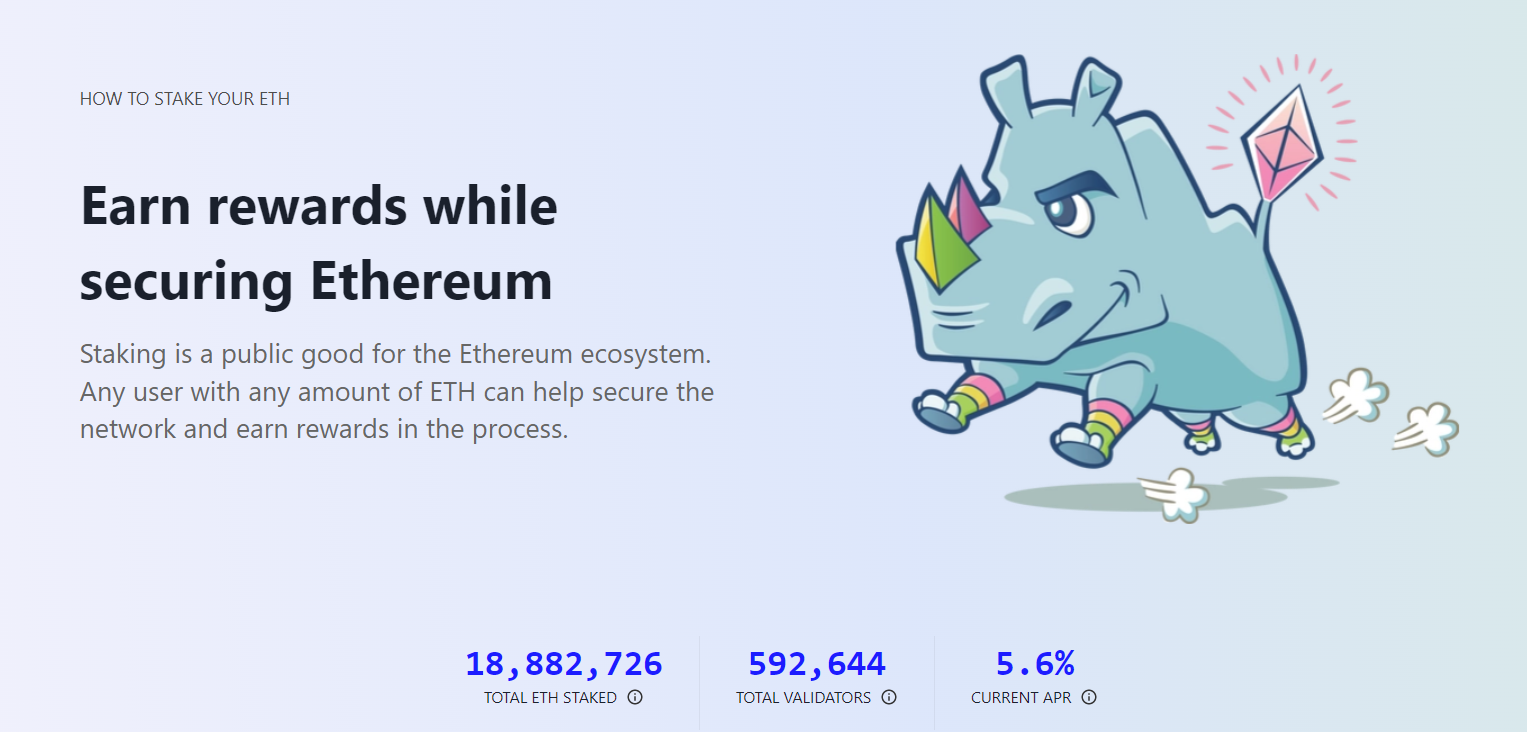This Is How Many Ethereum Are Left To Acquire
Ethereum has risen to become one of the cryptocurrency industry’s most important tokens since its release in 2015. In this article, we will explore how ETH enters circulation and how many Ethereum are left to be minted.
Key Takeaways:
- Since the token's release in 2015, approximately 120 million ETH tokens have been minted into circulation.
- With the burning mechanism implemented in 2002/2023, there will be fewer ETH tokens in circulation in ten years.
- A 50% reduction in the number of ETH tokens in circulation will be realized by 2233.
TABLE OF CONTENTS
How Many Ethereum Are Left To Be Minted?
Many popular cryptocurrencies are deflationary, meaning that they have a limited supply. Ethereum, however, has an infinite max supply. This means there is no cap on the amount of Ethereum that can enter circulation. However, annual limits are imposed in the Ethereum blockchain’s code that pre-determine how many ETH can be released within a year.
This figure was set to 18 million ETH per year, at 2 ETH per block reward. Over time, the supply rate will steadily decrease as a proportion of the digital currency’s total supply. This is due to a new burn mechanism implemented by Ethereum’s 2022-23 upgrades. At current rates, more Ethereum will be burned than minted. So, although Ethereum’s supply is technically infinite, in ten years, there will actually be less ETH than there is today.
Related: Ethereum prices today and live chart.

The Number of Ethereum That Have Been Created
As of mid-2023, approximately 120 million ETH have been created since the Ethereum network went live in 2015. This figure will steadily decline thanks to a new burn mechanism baked into the blockchain’s code. This new supply function sacrifices a portion of Ethereum gas fees on every transaction to improve gas prices and make the token deflationary.
Current projections show that the total circulating supply of Ethereum will drop below 100 million ETH by 2045. However, Ethereum’s community and developers are constantly looking for ways to improve the protocol, so the supply figures are subject to change at any point.
This Is How Much Ethereum Is Created Daily
Ethereum was originally created as a proof-of-work protocol, where users would need to “mine” blocks to validate new transactions on the blockchain. During this period, between 5,760 and 6,500 ETH blocks would be mined, equivalent to ~13,000 ETH entering circulation daily.
However, the network underwent a significant update in 2022 called “The Merge”, which means Ethereum now uses a proof-of-stake consensus mechanism. This significantly altered how ETH’s supply tokenomics. Now, around 7,200 ETH blocks are validated daily by people who have locked up (staked) tokens on the network. This results in a significantly lower daily issuance of around 1,700-2,000 ETH.
When Will The Last Ethereum Be Circulated?
Ethereum has entered new territory in the past few years, becoming a deflationary token for the first time in its existence. Although the number of ETH in circulation will steadily decrease over time, this reduction operates on a bell curve. The next three to four decades of ETH supply will wipe out approximately 33% of its current supply. However, it will take approximately two centuries for the next 33% to be burned. By 2233 it is projected there will be about 60M ETH in circulation – a 50% reduction from current rates.
Unless a major change is made to the Ethereum blockchain’s code, there is an infinite supply – so theoretically the last Ether token will never actually exist. Of course, there is the possibility that Ethereum will change drastically between now and then through forks, network upgrades, or new disruptive technology.
Thousands of ETH Tokens Have Been Lost
A study from Coinbase Director of Product Strategy Conor Grogan suggested that about 636,000 ETH are lost – approximately 0.5% of the currency’s total supply. This equates to over $1 billion USD. The vast majority of this ETH was lost in 2017 during the first major altcoin run due to a technical error in Parity crypto wallets. Others have been lost due to smart contract faults and human error sending Ether to burn/incorrect wallet addresses.
Related: What are the safest Ethereum wallets?
Interestingly, an additional 532,426 ETH tokens are considered lost from a 2014 pre-sale. At this stage, ETH was worth less than 50 cents – but nearly 7% of all tokens claimed in this sale sit inside private keys that haven’t been touched in nearly a decade. While it cannot be confirmed whether these funds are lost or not, chances are a good portion of them are inaccessible.
Understanding How New Ethers Is Created
Ethereum was originally developed as a proof-of-work blockchain, much like Litecoin, Bitcoin, and Dogecoin. To create new Ether tokens, people would have to validate transactions on a high-powered PC by solving a puzzle. Every time a “puzzle” is solved, the successful miner would create a new block (transaction) in the chain and receive a reward for doing so. However, this method of issuing Ether had several issues:
- It wasn’t scalable enough to support the massive ecosystem growth between 2017-2022.
- Network congestion resulted in sub-optimal block times (longer transactions) and extremely high transaction fees.
- Proof-of-work is considered environmentally damaging.
To solve these problems, Ethereum undertook a significant update in 2022 called “The Merge”. This transitioned the network from relying on mining to instead using a proof-of-stake consensus mechanism to create new tokens.
Related: What is staking and how does it work?
A proof-of-stake network employs what is known as “node validators”. Essentially, these contributors have a copy of the Ethereum blockchain constantly running on their computers. Each validator must lock up 32 ETH (equivalent to over $50k USD) in a smart contract to be eligible for receiving rewards. Every time a block of new transactions appears on the Ethereum chain, they must be confirmed as legitimate by a validator.
Validators are selected at random, and there are 7,200 blocks per day – giving individual validators a 1/7,200 chance of being chosen per day. Based on current validator numbers (over 500,000) this equates to validating a block successfully every 70 days.

Successful validators are then rewarded for their efforts in securing the blockchain via a constantly fluctuating rate. On average, ETH takers receive a 5% annual yield on their staked tokens. This is the crux of how Ether is issued – as a reward to validators each time they successfully confirm a new block.
If there are 500,000 validators staking 32 ETH, this means approximately 16-18 million Ether is currently staked. At a reward rate of 5%, this equates to between 700-900k ETH entering circulation each year – matching the issuance rates explored earlier in this guide. For more information on where to stake Ethereum, read this comparison list next.




